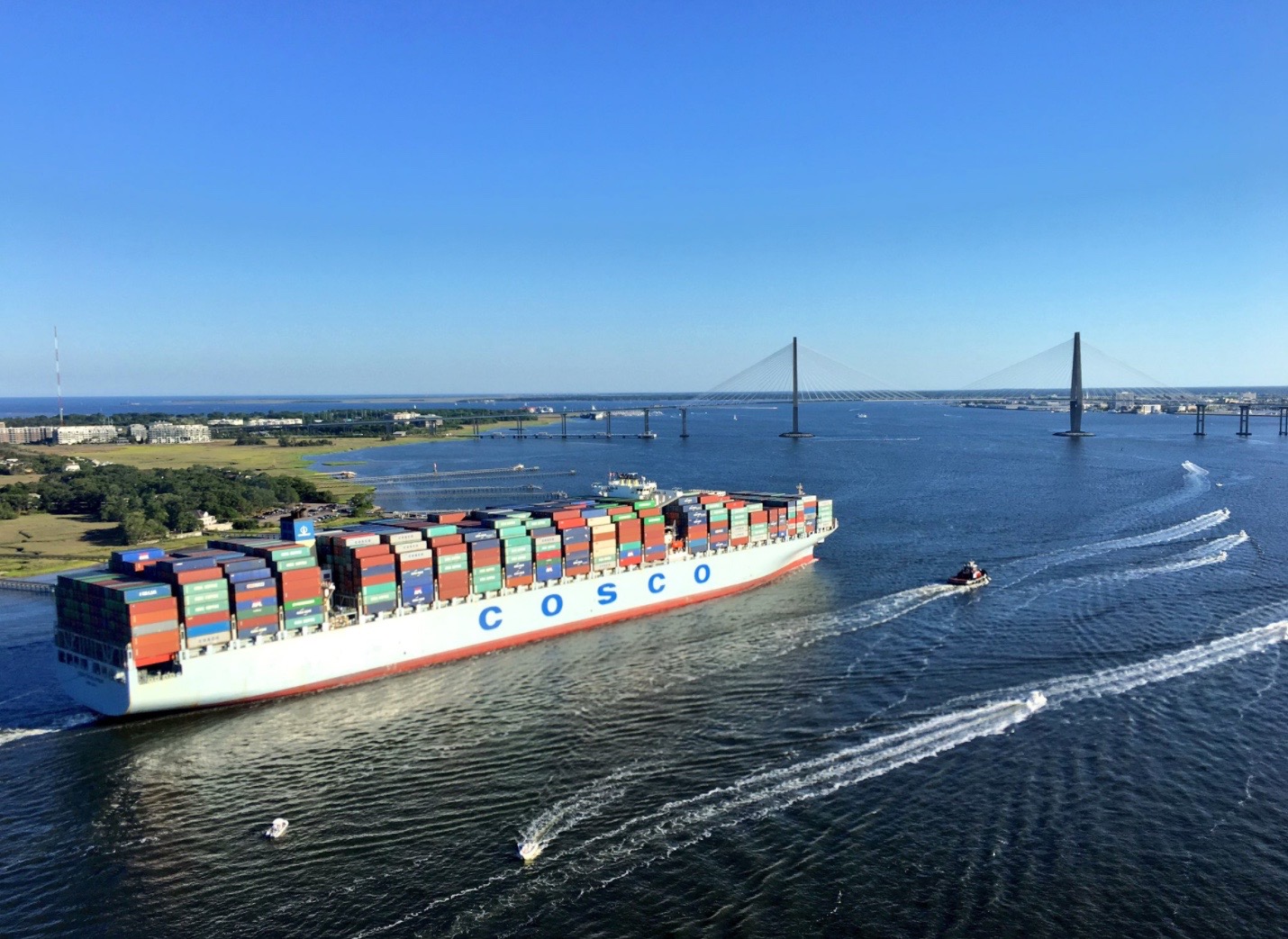Big Ship Navigates Charleston Harbor
LET THE DREDGING DEBATE BEGIN AGAIN … The largest ship ever to call on the east coast successfYou must Subscribe or log in to read the rest of this content.
LET THE DREDGING DEBATE BEGIN AGAIN …
The largest ship ever to call on the east coast successf
